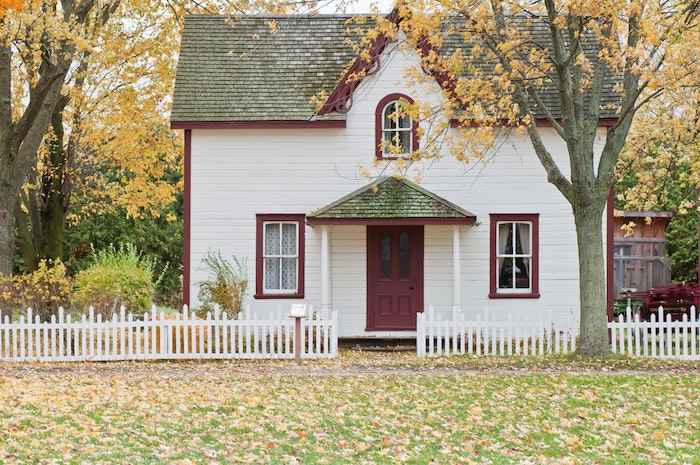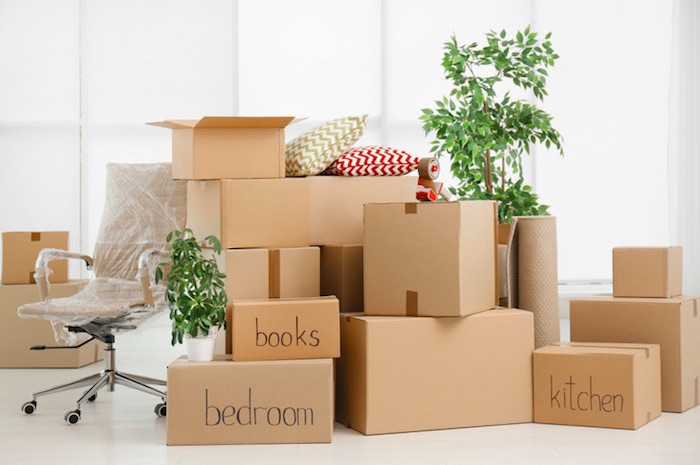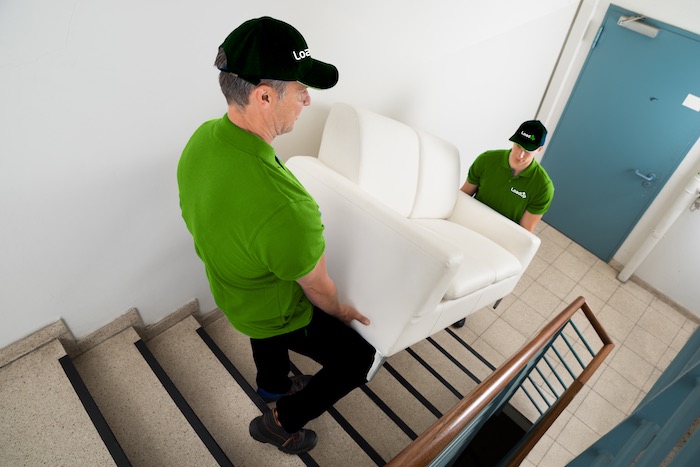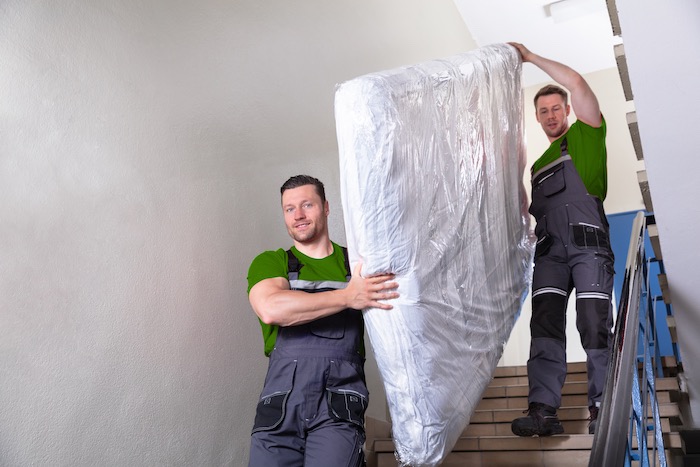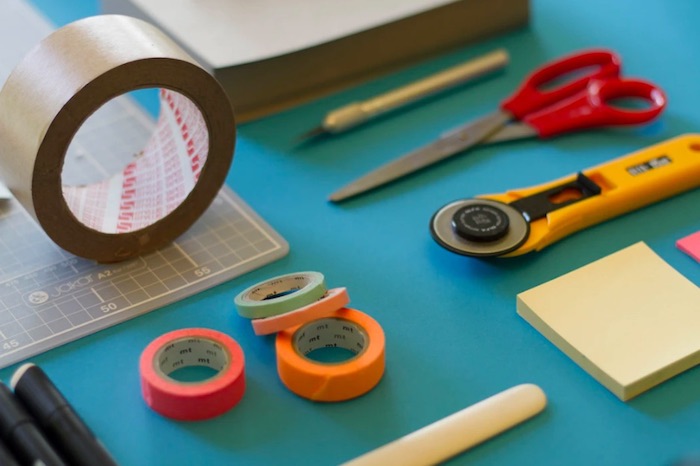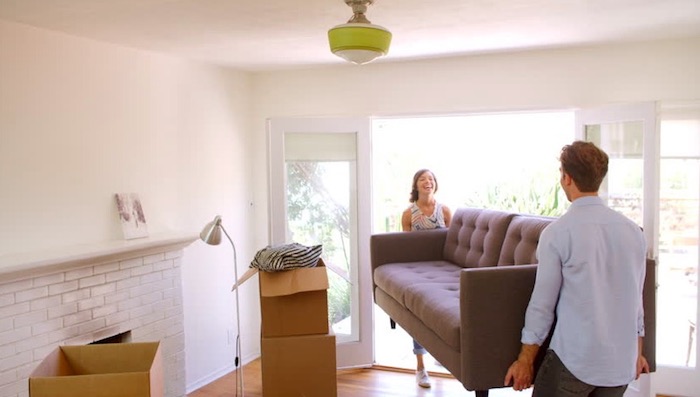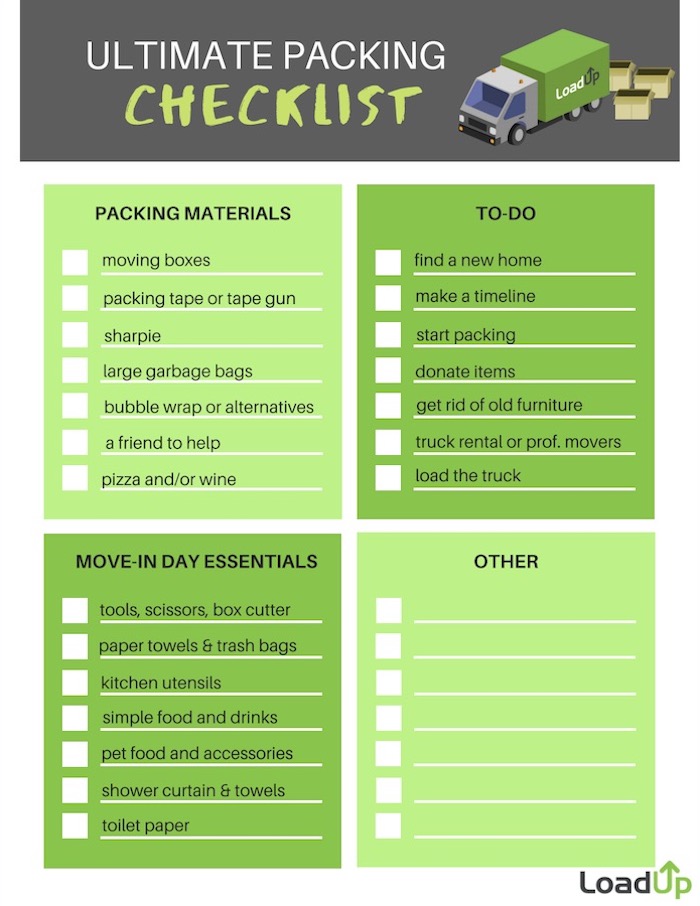
Even the idea of moving to college is scary. From leaving the comforts of home to finding new friends, college move-in day can make anyone anxious.
But, by carefully planning and organizing to move into your dorm, you can make the experience a little less stressful. This College Move-in guide is here to help you navigate the process of what to bring and what not to bring.
Steps for Successful College Dorm Move-in
**Click to auto scroll by section.
- Take care of college paperwork
- Sign up for an early move-in spot
- Coordinate with your roommate
- Make a list of all things to bring
- LoadUp’s top packing tips for students
- Prepare mentally for this life transition
- Set a budget for the entire semester
- How to decorate dorm room
- Make the day easier with moving help
After you’ve taken the time to say farewell to your high school buddies, it’s time to start planning your big move! Often times, preparing ahead of time before you make the trip to settle in your dorm can make the experience while you’re there seamless and easy.
Take care of college paperwork
Each college also has its own guidelines for move-in, so it’s important you know what to expect. There will be some crucial documents you will need to bring, in addition to personal items like clothes, toiletries, and electronics.
For example, you’ll need to have a valid photo ID, confirmation of your dorm room assignment, and any other documents the school asked you to bring. These items are often required to sign for and receive the keys to your dorm room.

Sign up for an early move-in spot
In some cases, you may be able to sign up to move in early to college. If you’re able to secure a spot, the lines will be much shorter, and you’ll have more space to go up and down those annoying dorm elevators.
Your University may not offer early move-in times. Don’t stress! Just arrive as early as you can to beat the rush. It will save you time, energy, and more importantly, gives you more time to organize your dorm exactly the way you want.
Coordinate with your roommate
Oh, and when it comes to roommates, the best way to make sure you’re both on the same page is to have the boundaries conversation as soon as you arrive. They need to know what works for you, and you need to know what works for them.
If you don’t already have a roommate lined up, well, you should probably do that. Otherwise, make a plan ahead of time with your new best friend (maybe? 😬).
Make a list of all things to bring
Never a bad idea to prepare early. Consider making a list of things to buy, an University moving checklist, if you will, to make sure you get all the move in day essentials. Here’s a quick snapshot of what to consider to bring with you.
Dorm Room Essentials
- Desk Fans
- Bath Towels
- Shower Caddy
- Mattress Topper
- Storage Ottomans
- Linens and Bedding
- Area Rugs
- Mini Fridges
- Power Strips
- Poster Strips
- Coffee Makers
- Dish Soap, Towels and Sponges

Once you’ve felt pretty comfortable that all the college school supplies on the list are accounted for, it’s time to start getting the physical parts of the move in order.
Packing Tips
Packing for college is all about efficiency. Think of the game, Tetris. The goal is to move the blocks in the correct way in order for them to fit correctly and move on to the next round.

The same goes with packing! Especially if you’re fitting items into the trunk of a car. You want to start with those bigger, harder to move items first, and then pile in the smaller items to fit correctly, giving you ample amount of same to get everything ready for your move.
🧠 Pro Tip: Space is tight. Only pack for the season you’re currently in. Then switch out your clothing on a return trip home during fall, winter, and spring breaks.
- Start Packing Early: It never seems like you have a lot to pack until you actually start. Avoid a time crunch and get started early.
- Focus on essentials: Start the packing pecking order by making sure you have the items you absolutely need first. The things that would be nice to have can come after.
- Get Moving Help If Needed: If you have a lot of big, bulky items that are hard to move and pack by yourself, don’t be afraid to hire a moving service to give you a hand.
- Pack Efficiently: It’s one thing to throw all of your clothes into a few suitcases. Instead, make it easier on yourself to pack efficiently to make sure you have enough room.
PRO TIP: Bring a four-wheel, flat-folding cart to help you transport your belongings. This can help you move heavy items more efficiently and reduce the number of trips you take.
Need Help Moving Big Items? LEARN MORE
Prepare mentally for this life transition
As you probably can tell by now, moving off to a college can seem like a daunting experience.
Gone are the days of running around with the same friends, going to the same spot you always go to. With that being said, a big part of making the switch to college is how you approach thinking about it.
You are now one step closer to full independence and living as an adult. That comes with a different mindset, along with a few added responsibilities. Prepare your mental state to be able to handle these new experiences with ease.
Set a budget for the entire semester
Listen, we know as well as the next person that money is very hard to come by in college. You can get a part-time job and still find yourself struggling to make ends meet each month.
A good way to prepare for this is to budget early! Creating a college budget before you even arrive is probably the smartest thing you can do to prepare for what’s to come. Sticking to it, however, is the hard part.
🧐 Focus on What Matters: A great way to create a college budget is focusing on your “Wants” vs. your “Needs”. Trust us, you will have a lot of wants, but sticking to needs helps in a big way.
How to decorate dorm room
Keep in mind that your living space will be small.. really small. Don’t stress though! There are some cool ways to transform your dorm to give you the right dorm room aesthetic for everything from a casual hang with your roommate to those long, sleepless nights studying at your desk.
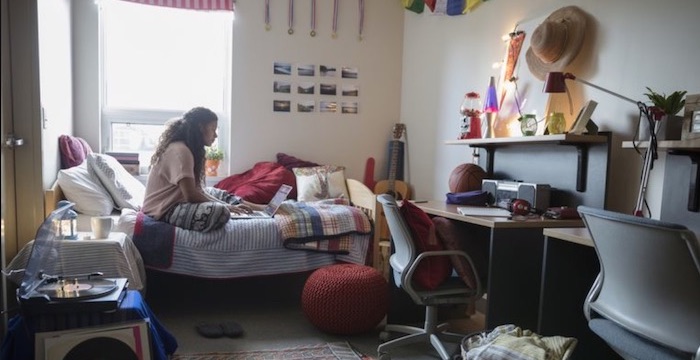
While there are plenty of practical ways you can create more space in your dorm, like lofting the bed and storing items underneath a futon or couch, you also want to make your room represent you. Add your own touch!
The possibilities are endless here, such as setting up a TV underneath one bunk bed so you and your friends can put a futon down under the other one to hang out and watch. Another example is to decorate your dorm headboard in a style that fits the ambience of your room.
Get creative! There are plenty of DIY dorm room ideas you can find online on websites like Pinterest. You could also get ideas from some of your older friends who post on social media.
Make the day easier with moving help
No matter how prepare you think you may be, things can change when you actually are packing up. Of course, you may be able to get a little help from family or a friend but when you arrive at your dorm, there’s a good chance you may be by yourself.
That’s where a company like LoadUp can help. In addition to providing removal, disposal, donation and recycling of any old junk item you no longer need, our Loaders can also assist with local moving jobs, like loading and unloading trucks, setting up furniture and more.
💡 Get Connected: LoadUp can provide you with short or long-distance movers through our Loader platform. We offer solutions like unloading or loading trucks, moving furniture and more.
In short, you don’t need to stress. Get as much as you can done by yourself and if you find yourself in a jam, there’s a service near you that is always happy to help!
Related Articles from the Trash Talk Blog:

